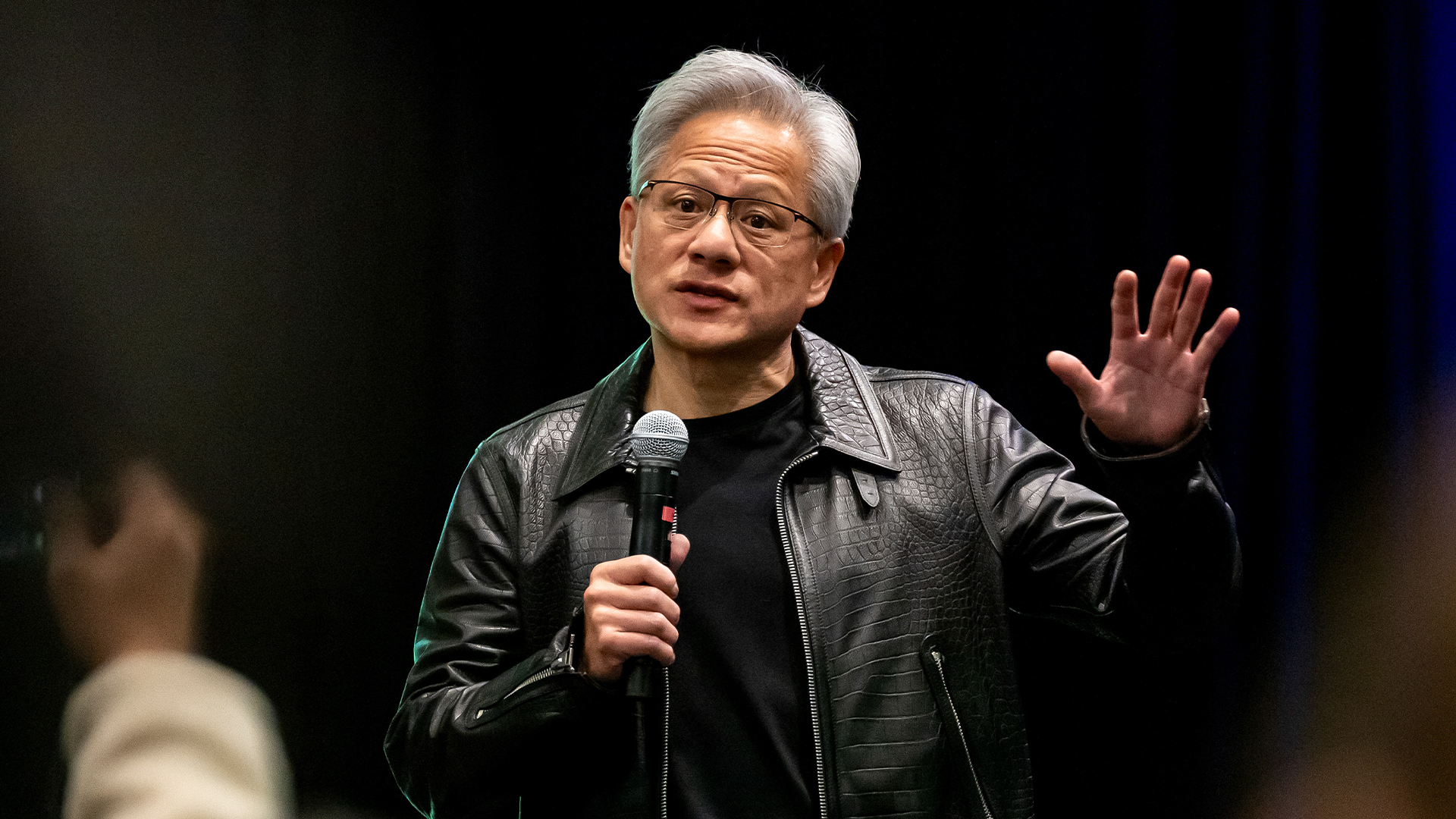Does the future of business management lie in social engagement?
Internal social networks will overtake email and telephone communication by 2016, but the road to implementation may be rocky


Half of large organisations will have an internal social network akin to Facebook by 2016 and 30 per cent will consider it as vital to their company as email and telephone communication is today.
So claims analyst firm Gartner, which has published research claiming that, within four years, enterprise social networks will become the primary communication channels for noticing, deciding or acting on information relevant to work activities.
Despite this promising future, Gartner also believes that between now and the end of 2015, 80 per cent of social network efforts within the enterprise will not achieve intended benefits, due to inadequate leadership and an overemphasis on technology.
Carol Rozwell, vice president and distinguished analyst at Gartner, said companies need to adopt an approach that engages workers and pulls them in, rather than simply having the technology pushed onto them.
“Businesses need to realise that social initiatives are different from previous technology deployments [like ERP and CRM]," she said. “In most cases, [employees] cannot be forced to use social apps, they must opt-in."
Rozwell also criticised the current focus on technology over leadership and relationships when trying to implement an internal social network.
“Leaders need to develop a social business strategy that makes sense for the organisation and tackle the tough organisational change work head on and early on. Just sponsoring a social project is not enough - managers need to demonstrate their commitment to a more open, transparent work style by their actions,” Rozwell added.
Get the ITPro daily newsletter
Sign up today and you will receive a free copy of our Future Focus 2025 report - the leading guidance on AI, cybersecurity and other IT challenges as per 700+ senior executives
Looking even further ahead, Gartner believes by 2017 the majority of all new user-facing applications will include gamification, social and mobile features.
“Applications and app providers that fail to exploit the benefits of gamification-social-mobile fusion should expect underwhelming adoption ... of any user-facing products competing against alternatives that exploit the benefits of this fusion," said Tom Austin, vice president and Gartner fellow.

Jane McCallion is Managing Editor of ITPro and ChannelPro, specializing in data centers, enterprise IT infrastructure, and cybersecurity. Before becoming Managing Editor, she held the role of Deputy Editor and, prior to that, Features Editor, managing a pool of freelance and internal writers, while continuing to specialize in enterprise IT infrastructure, and business strategy.
Prior to joining ITPro, Jane was a freelance business journalist writing as both Jane McCallion and Jane Bordenave for titles such as European CEO, World Finance, and Business Excellence Magazine.
-
 Why keeping track of AI assistants can be a tricky business
Why keeping track of AI assistants can be a tricky businessColumn Making the most of AI assistants means understanding what they can do – and what the workforce wants from them
By Stephen Pritchard
-
 Nvidia braces for a $5.5 billion hit as tariffs reach the semiconductor industry
Nvidia braces for a $5.5 billion hit as tariffs reach the semiconductor industryNews The chipmaker says its H20 chips need a special license as its share price plummets
By Bobby Hellard